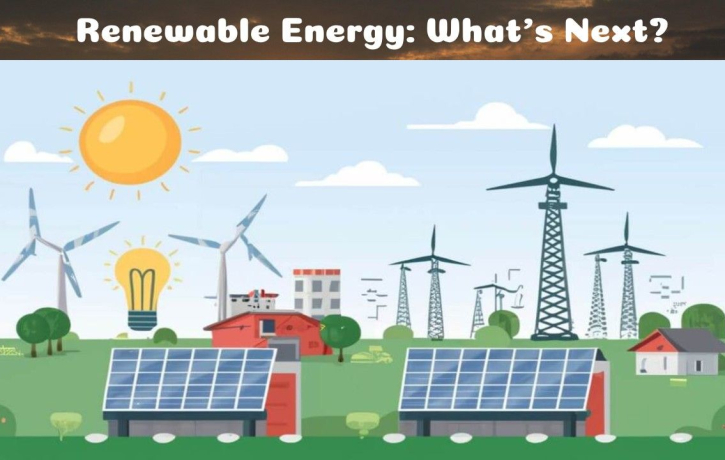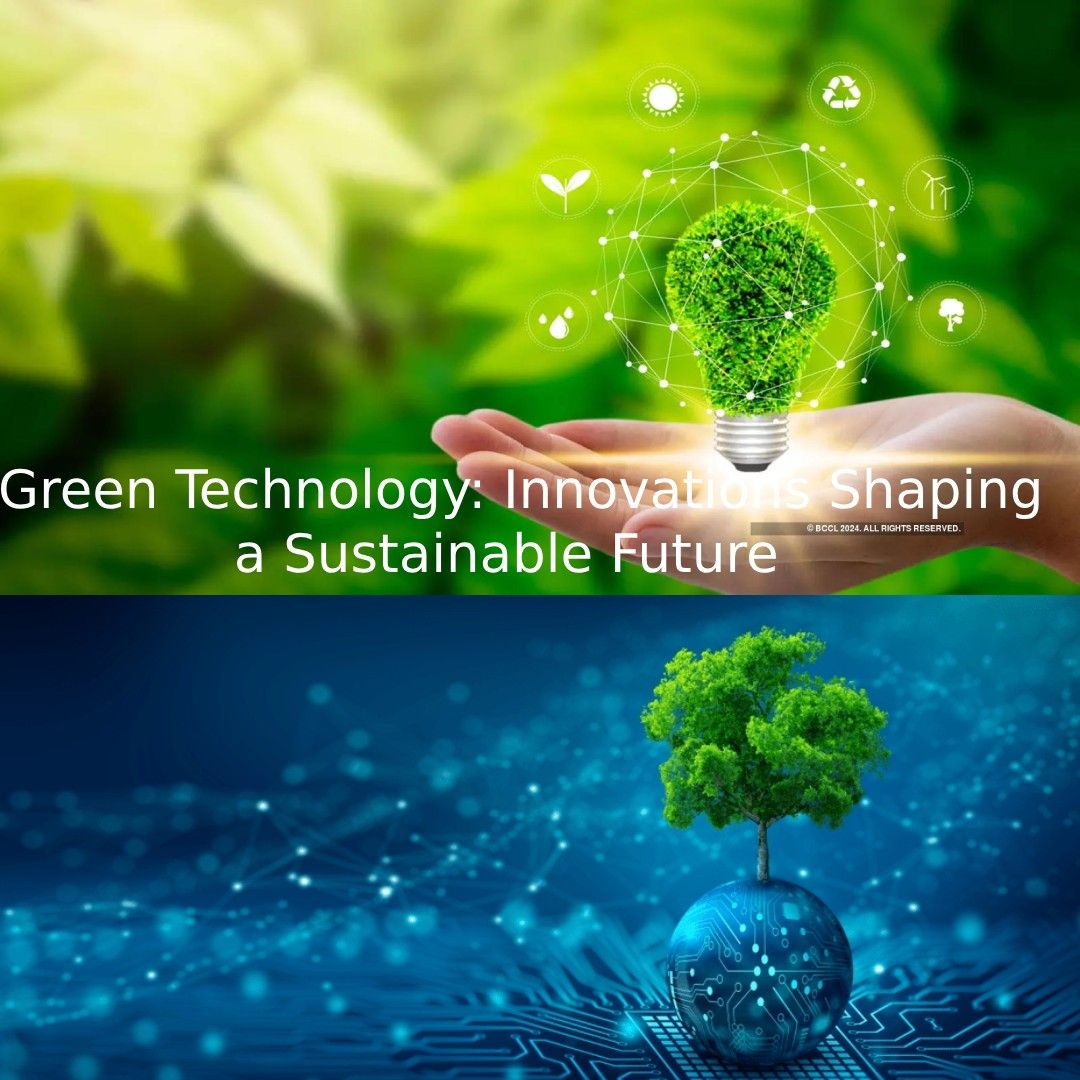The Future of Renewable Energy: Innovations and Challenges
Renewable Energy: What’s Next? The shift toward renewable energy is one of the most important transitions of our time. As the world confronts the growing impacts of climate change, renewable sources like solar, wind, hydro, and geothermal offer a cleaner, more sustainable alternative to fossil fuels. But as promising as this future is, it comes with its own set of challenges and exciting innovations.
So, what lies ahead for renewable energy? Let’s explore the latest breakthroughs, ongoing hurdles, and what the future might hold.
1. Emerging Innovations in Renewable Energy
Technology is rapidly transforming how we produce, store, and use energy. Here are some of the most promising advancements:
a. Next-Generation Solar Panels
-
Perovskite solar cells are gaining attention for their potential to outperform traditional silicon panels at a lower cost.
-
Flexible and transparent solar films could soon be integrated into windows, cars, and even clothing.
b. Floating Wind and Solar Farms
-
Offshore wind farms are moving farther out to sea and even starting to float—maximizing space and harnessing stronger winds.
-
Floating solar panels are now being deployed on reservoirs and lakes to reduce land use and evaporation.
c. Advanced Energy Storage
-
Solid-state batteries and grid-scale storage systems are being developed to store renewable energy more efficiently and reliably.
-
New technologies like hydrogen fuel cells are helping to bridge the gap when the sun isn’t shining or the wind isn’t blowing.
d. Smart Grids and AI Integration
-
Smart grids, powered by artificial intelligence, are making it easier to manage and distribute renewable energy in real-time.
-
This ensures energy is used more efficiently and helps prevent outages.
2. Key Challenges Facing Renewable Energy
Despite the progress, several obstacles remain:
a. Intermittency and Reliability
-
Renewable energy sources are variable—solar and wind don’t produce power 24/7.
-
Reliable storage and better grid management are crucial to ensuring a consistent energy supply.
b. Infrastructure Limitations
-
Much of the world’s energy infrastructure is still built around fossil fuels.
-
Massive investments are needed to update transmission lines, storage facilities, and energy systems.
c. Rare Materials and Resource Use
-
Some renewable technologies rely on rare earth metals, which come with environmental and geopolitical concerns.
-
There is a growing need to make renewable systems more sustainable and recyclable.
d. Policy and Regulation
-
Inconsistent government policies and lack of long-term support can slow progress.
-
Strong, stable regulatory frameworks are essential to encourage investment and innovation.
3. The Global Picture: Who’s Leading the Way?
Countries around the world are racing to scale up their renewable energy capacity:
-
China is leading in solar and wind installations, with massive government backing.
-
Europe continues to push aggressive climate targets and is investing heavily in offshore wind.
-
The United States is expanding clean energy incentives and innovating in battery storage and green hydrogen.
Developing countries are also increasingly turning to renewables as a cost-effective and scalable way to expand electricity access.
4. The Road Ahead: A Clean Energy Future
The long-term vision for renewable energy includes:
-
Decentralized power systems, where homes and communities produce their own energy.
-
Electrification of everything—from cars to heating systems—to reduce dependence on fossil fuels.
-
Global cooperation on climate and energy goals, ensuring no country is left behind.
With continued innovation, investment, and commitment, Renewable Energy: What’s Next? has the power to reshape the global economy and secure a healthier planet.
Conclusion: A Turning Point in Energy History
Renewable Energy: What’s Next? We are standing at a crossroads. The decisions we make now—about technology, investment, and policy—will determine the future of our energy systems for decades to come. While challenges remain, the momentum behind renewable energy is strong and growing. The future is not just clean—it’s exciting.








